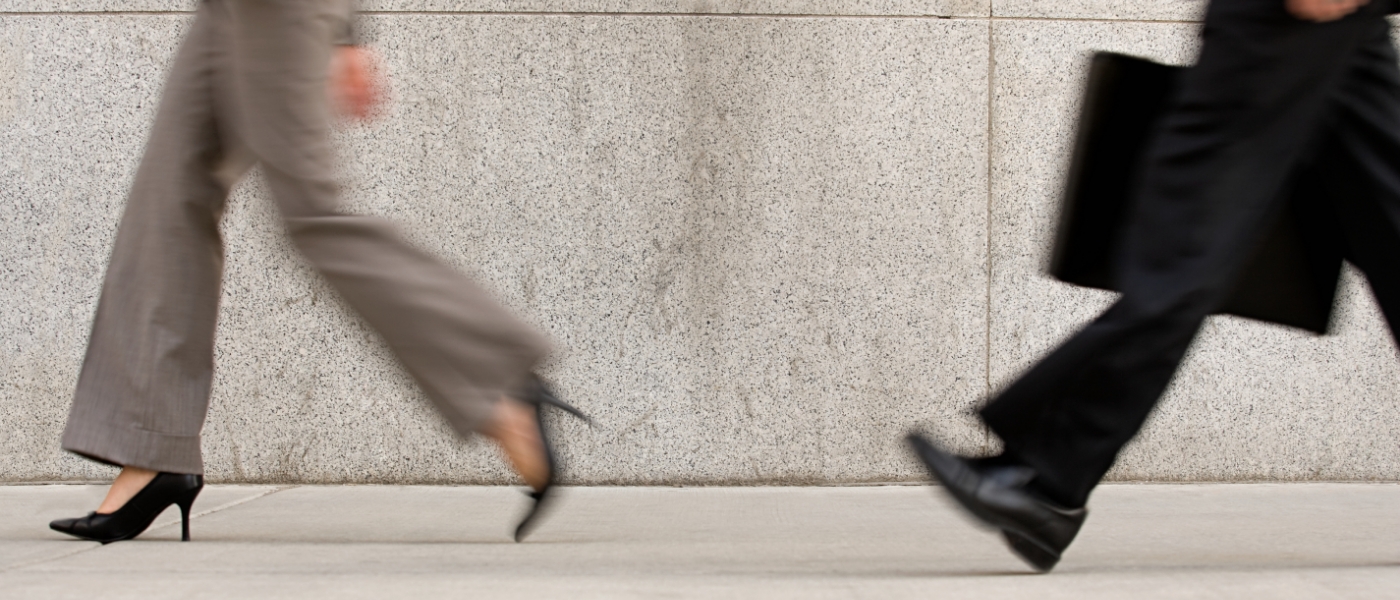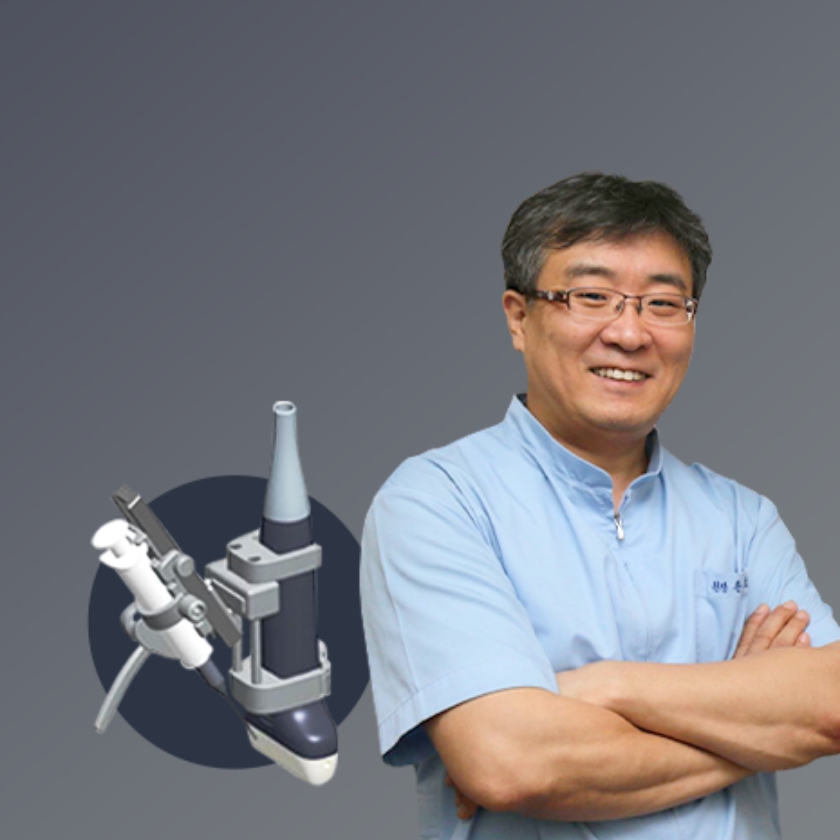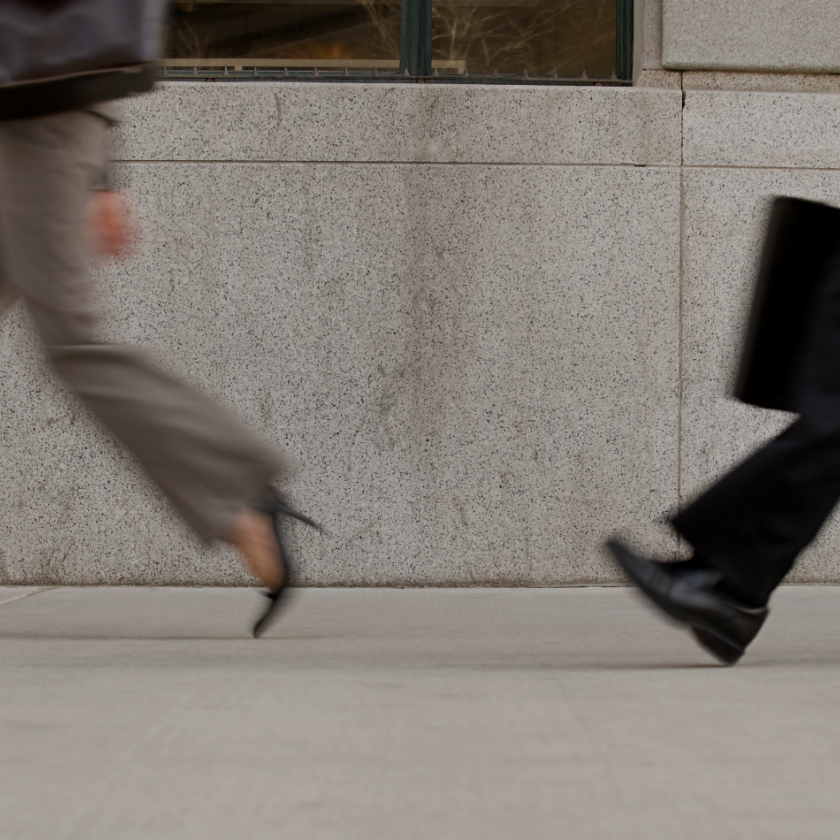Various Walking Habits; What is the Healthy Way to Walk?
As each individual has a unique face, body, and personality, they also have unique gaits. In the case of gait, however, it is essential to have it checked thoroughly at least once, as it is a matter directly related to health and not just individuality. This is due to the fact that poor walking habits can negatively impact the shoulders, back, spine, and feet.




 Specialized Medical Service
Specialized Medical Service
 Bio Technology
Bio Technology
 Health & Wellness
Health & Wellness
 City & Culture
City & Culture
 Hot Issue
Hot Issue
 Interview With
Interview With
 Medical Technology
Medical Technology
 City & Culture
City & Culture
 Food & Travel
Food & Travel
 Health & Wellness
Health & Wellness
 Hot Issue
Hot Issue